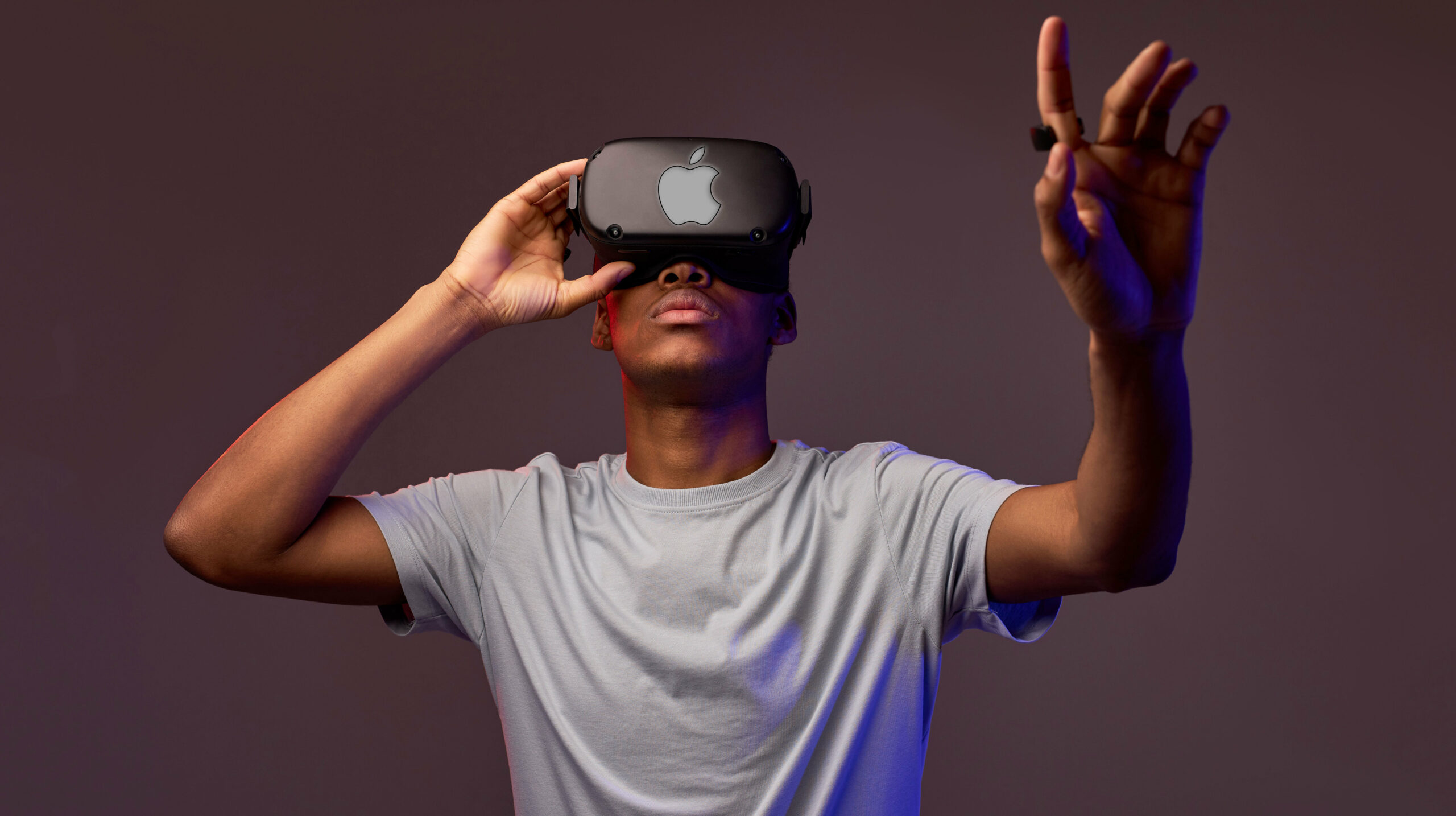How would Canadian cities fare during a zombie apocalypse?
It’s a question that online rental platform Rentola Canada has been looking to answer amid the popularity of HBO’s The Last of Us in a new ranking. Notably, Edmonton took home the top spot, while Toronto came in quite low.
To compile the report, Rentola looked at Statistics Canada data for 35 of the country’s metropolitan areas in five different categories:
- Vulnerability — population density, perceived physical and mental health
- Hideouts — average household space, green spaces, vacancy rate
- Supplies — everything from fuel and weapons to food and medicine
- Safety — crime rate and number of firearms
- Mobility — the prevalence of walking, running and cycling, the number of roads
Min-max normalization was then used to index the data sources on a 1-10 scale, with 1 representing worst and 10 representing best.
Overall, Edmonton received high marks across the board, leading it to claim the top spot with an average of 7.6. In particular, the Alberta town got 10/10 in both hideouts and mobility. Saskatoon, meanwhile, came ever so slightly in second with 7.95, while Guelph, Ontario rounded out the top three with 7.0.
Toronto, for comparison, scored a dismal 4.66, particularly due to 1.0 for vulnerability and 2.0/10 for supplies. It did score fairly high (8.45) in hideouts, though.
See below for the full rankings:
1. Edmonton
2. Saskatoon
3. Guelph, Ontario
4. Calgary
5. Regina
6. Winnipeg
7. Kelowna, British Columbia
8. Greater Sudbury, Ontario
9. Kingston, Ontario
10. Abbotsford, British Columbia
11. London, Ontario
12. Windsor, Ontario
13. Oshawa, Ontario
14. Ottawa
15. Peterborough, Ontario
16. Brantford, Ontario
17. St. Catharines, Ontario
18. Halifax
19. Hamilton, Ontario
20. Barrie, Ontario
21. Thunder Bay, Ontario
22. Vancouver
23. St. John’s
24. Quebec City
25. Kitchener, Ontario
26. Victoria
27. Lethbridge, Alberta
28. Moncton, New Brunswick
29. Toronto
30. Saguenay, Quebec
31. Sherbrook, Quebec
32. Montreal
33. Trois-Rivieres, Quebec
34. Belleville, Ontario
35. Saint John, New Brunswick
It’s especially interesting that Edmonton and Calgary are two of the top cities, given that The Last of Us series was partially filmed in those cities as part of a year-long shoot in Alberta. Therefore, it’s almost poetic that the province that stood in for such a major interpretation of the post-apocalypse would, hypothetically, end up being well-prepared for a real-life one. The second season of the series is also expected to film in Alberta either this year or next.
What cities are you most surprised to see ranked where they are and why? Let us know in the comments.
Image credit: HBO
Source: Rentola




 Further, with Glaze, an AI model trains on cloaked versions of an artist’s art and learns a different style from the artist’s original visual style. When it’s asked to mimic the specific artist’s art, the AI model produces art that is distinctively different from the artist’s style.
Further, with Glaze, an AI model trains on cloaked versions of an artist’s art and learns a different style from the artist’s original visual style. When it’s asked to mimic the specific artist’s art, the AI model produces art that is distinctively different from the artist’s style.







